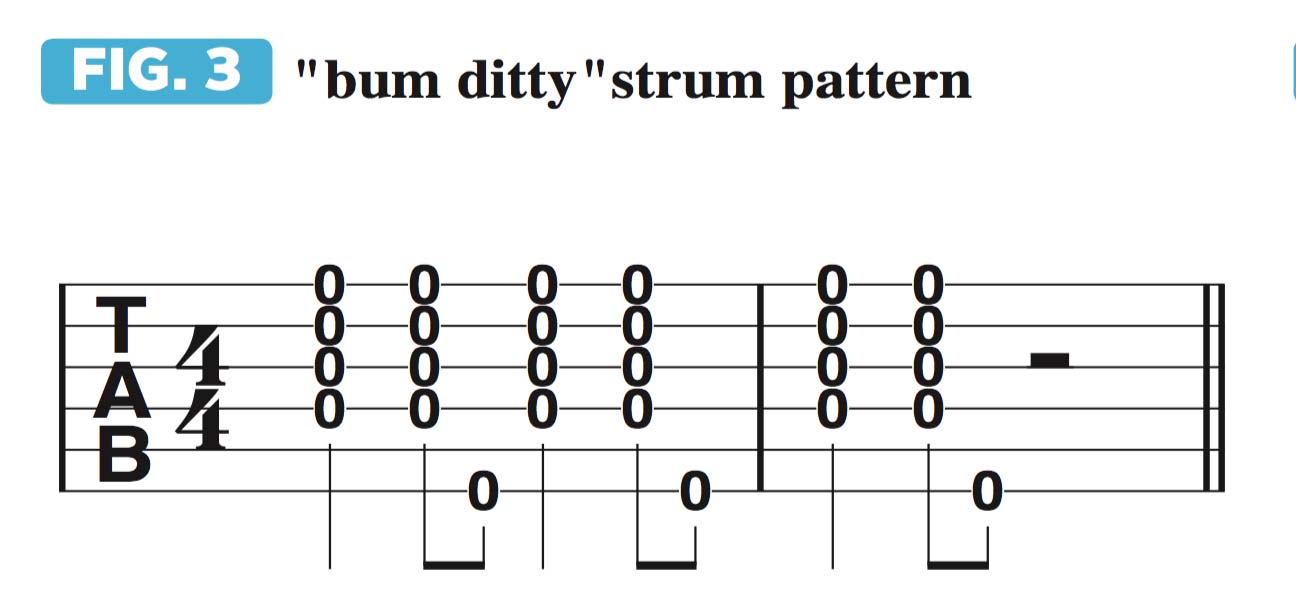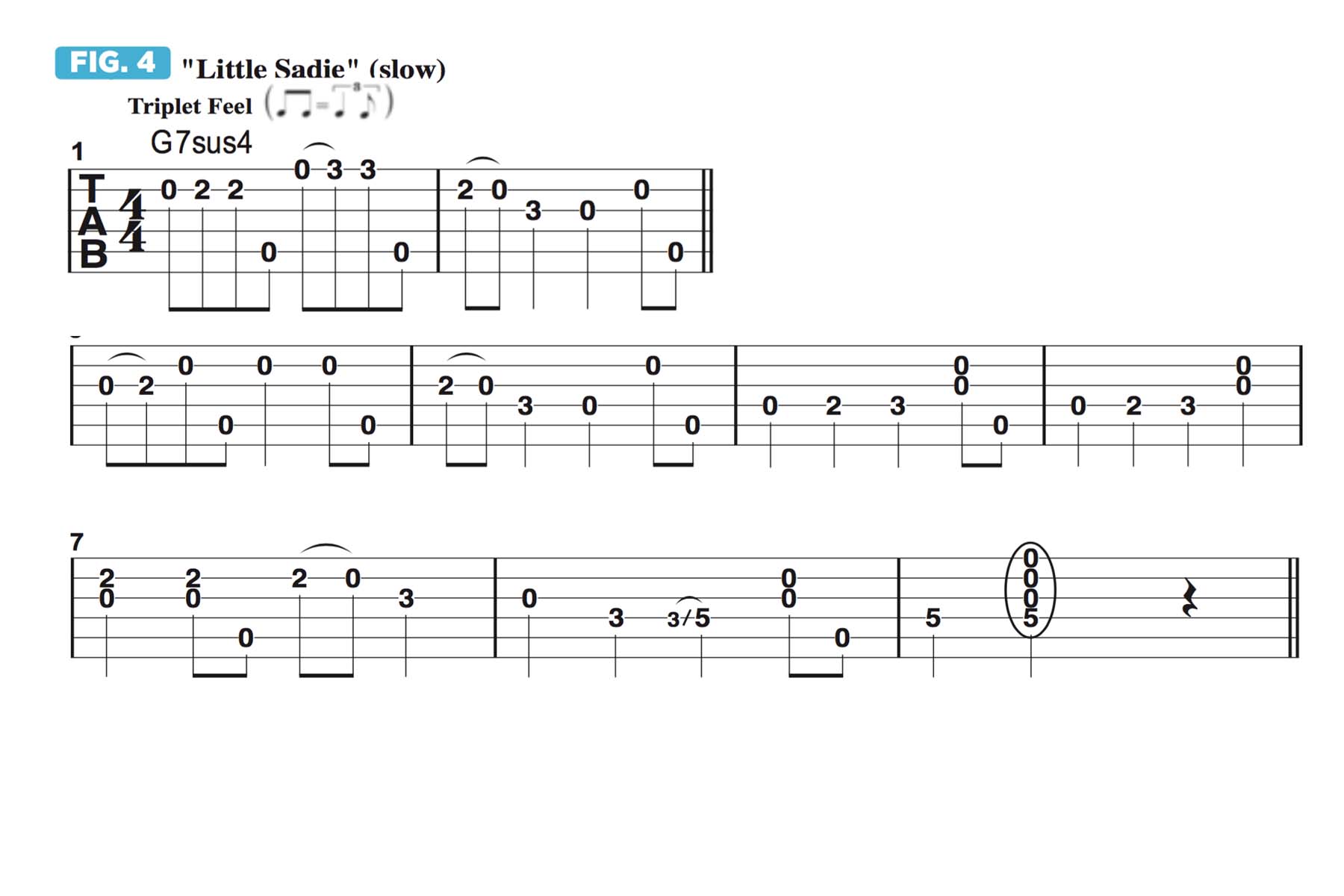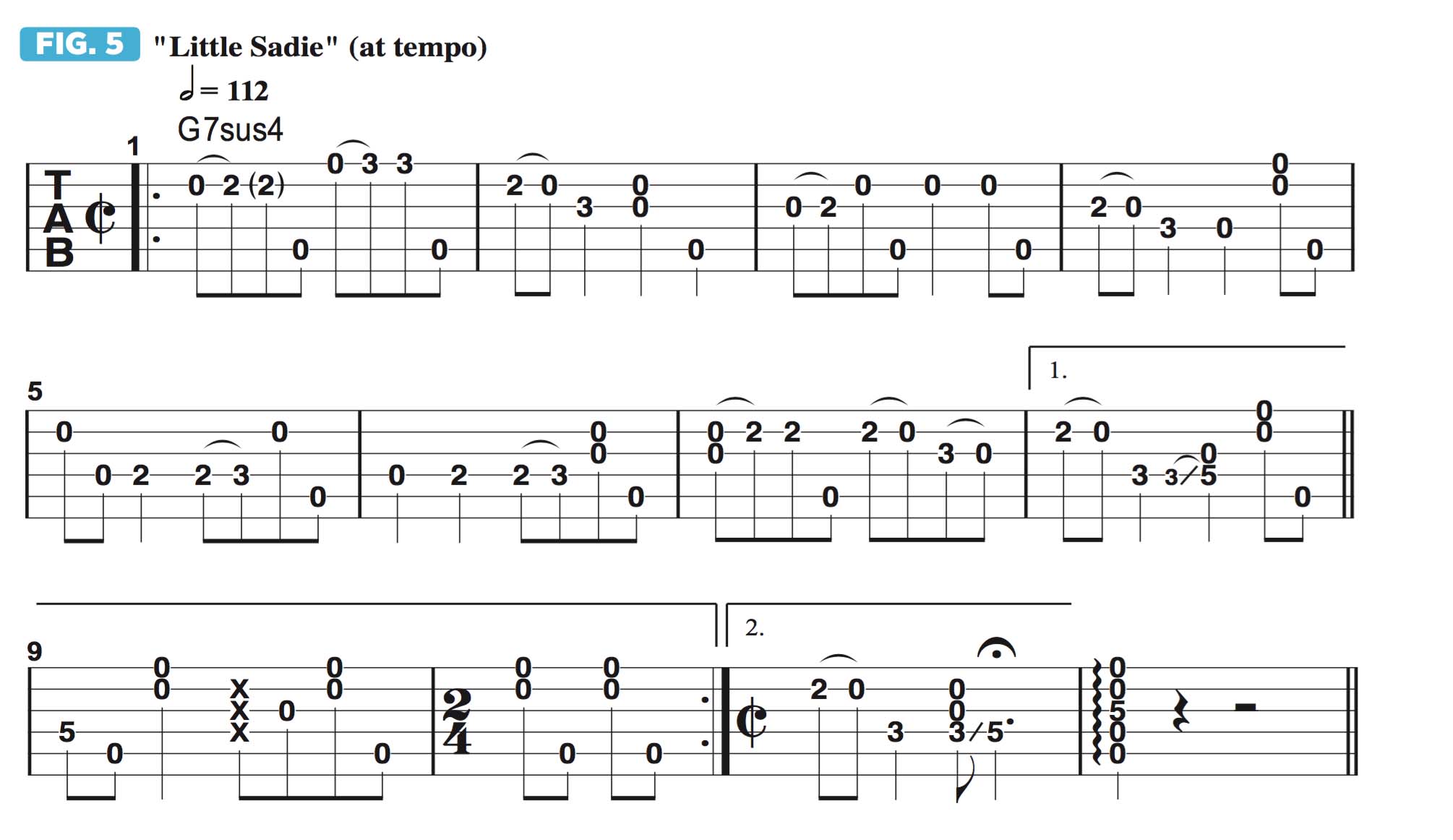Learn to play clawhammer guitar with Molly Tuttle
This old-time Appalachian technique is associated with the banjo, but it might well transform your acoustic playing

Hello and welcome to my new column, Acoustic Journey. In this series of monthly lessons, I’d like to demonstrate many of the guitar playing approaches and techniques that I have found to be very useful and rely on the most for both performing and songwriting.
Let’s begin with a look at a style of fingerpicking known as clawhammer guitar.
I first learned about this style from a guitar player named Michael Stadler out in the San Francisco Bay area. As a teenager, I became very interested in clawhammer banjo, which is a style of banjo playing associated with old-time music and Appalachian string music.
I learned to play clawhammer banjo,and while teaching banjo at a music camp in Northern California, I saw there was a class called “Clawhammer Guitar,” which was something I had never heard of. That’s when I met Michael, who taught me the basics of applying this clawhammer approach to the guitar.
The first step is to tune the guitar to an alternate tuning, one that is similar to a banjo tuning.
As shown in Figure 1, this tuning is virtually the same as open G tuning but with one variation: open G tuning is, low to high, D, G, D, G, B, D; clawhammer tuning is D, G, D, G, C, D, which tunes the 2nd string to C, which is the 4th of G, instead of B, which is the major 3rd. The resultant chord when you strum across all of the open strings is Gsus4, with the 5th, D, on the bottom.

On the banjo, a similar tuning, with fewer strings, is sometimes referred to as “mountain minor tuning.” Without the major 3rd in there, it creates a modal sound that moves easily between major and minor sounds.
The basic clawhammer strumming technique begins with putting your pick hand into a “claw”-type shape, with the thumb and index finger pointed in towards each other. The nails of the index and middle fingers are used to rake across the higher strings while the thumb is used to pluck the lower strings.
Figure 2 illustrates a typical way to alternate between index-finger and thumb accents with this playing approach. In this example, the thumb strikes the 5th string in the first two bars and the 6th string in the next two bars.

The first strumming pattern I learned in this style is called “bum ditty.” As the name implies, there are three accents: the initial “bum” is on the high strings, followed by another high-string accent on “dit-” and ending with a low-string accent on “-ty.” This index-index-thumb pattern is shown in Figure 3 .

The first song I ever learned with this strumming pattern is an old traditional song called “Little Sadie.” Figure 4 illustrates the basic approach to playing this song; see if you can pick out the “bum ditty” pattern throughout the example.

When I play the tune up to speed, as shown in Figure 5, some of the melodies come out a little differently. Once you feel comfortable with this technique at the slower tempo, try gradually ramping it up to the full performance tempo as your picking hand becomes more comfortable with moving between the higher and lower strings.

- Molly Tuttle's new album, ...But I'd Rather Be With You is out August 28th through Compass Records and is available to preorder.
Get The Pick Newsletter
All the latest guitar news, interviews, lessons, reviews, deals and more, direct to your inbox!
“There are so many sounds to be discovered when you get away from using a pick”: Jared James Nichols shows you how to add “snap, crackle and pop” to your playing with banjo rolls and string snaps
Don't let chord inversions bamboozle you. It's simply the case of shuffling the notes around







![Joe Bonamassa [left] wears a deep blue suit and polka-dotted shirt and plays his green refin Strat; the late Irish blues legend Rory Gallagher [right] screams and inflicts some punishment on his heavily worn number one Stratocaster.](https://cdn.mos.cms.futurecdn.net/cw28h7UBcTVfTLs7p7eiLe.jpg)


